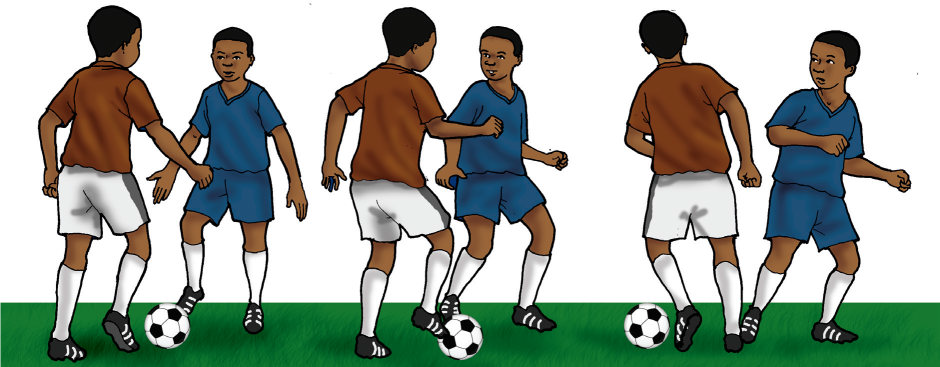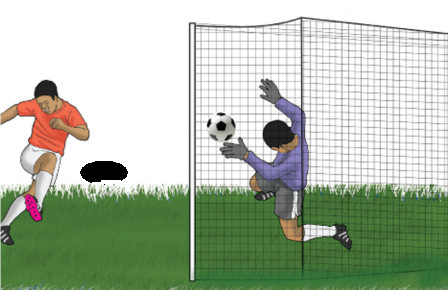WEEK 7&8
SUBJECT: PHYSICAL AND HEALTH EDUCATION
TERM: 1ST TERM
CLASS: PRIMARY 4
TOPIC: FOOTBALL
PERFORMANCE OBJECTIVES
At the end of this lesson, pupils should be able to
- Narrate the history of football in Nigeria.
- Identify the facilities and equipment of football
- Draw and Label the football court with the right dimensions
REFERENCE MATERIALS
- NERDC Basic Education Curriculum.
- Universal Basic Education Curriculum (UBE)
- Unified Schemes of Work for Lagos State Primary Schools (MIDDLE BASIC)
- Lagos State Scheme of Work for Physical and Health Education.
- Physical and Health Education for Primary Schools.
ENTRY BEHAVIOUR/ PREVIOUS LESSON: pupils are familiar with football.
CONTENT
HISTORY OF FOOTBALL IN NIGERIA
Modern football started from England. The sport was introduced to Nigeria by the British administrators and missionaries during the colonial rule.
Football is played and loved by both mm and women, a team is made up of 11 players including the goal keeper. Another name for football is SOCCER.
Grouping in football game
- Senior tournament group
- Under 20 tournament group
- Under 17 tournament group
FACILITIES AND EQUIPMENT OF FOOTBALL
- the game is played on a rectangular field with a dimension of 90 by 45 metres
- there is a centre circle of 9.15m radius
- There are two goal post each at the centre of each goal line.
- The leather ball has a diameter of 68 cm and weigh of 396gram.
- football skills are those things one must know before the game of football can be effectively mastered and played. The skills are:
- Dribbling
- Shooting
- Ball control
- Passing
- Heading
- Kicking
- Dribbling: It is the art of moving the ball and keeping it under one’s control. It is also a way of moving the ball and avoiding the opponents in a zigzag manner. The eyes should be on the ball and the body erect, while the arms move freely for balance. The ball is kept close to the feet.
- Shooting: This involves kicking the ball towards the goal in an attempt to score a goal. Shooting is one of the skills commonly used in soccer. Shooting could be done with a stationary or moving ball.


- Ball control: It is an art of keeping control of the ball to oneself. It involves dribbling and trapping. Trapping is the process of stopping the ball in order to gain control of it. Trapping can be done by the chest, foot, head, etc. Dribbling is the process of keeping control and possession of the ball. Dribbling is done in order to make a pass or take a shot at the goal.
- Goalkeeping: Goalkeeping is the art of preventing the ball from going into the goal by using the hands, legs or other parts of the body. The goalkeeper is the only player in the game allowed to use his hands in the penalty area during a match.

INSTRUCTIONAL PROCEDURE
- The Teacher revises the previous lesson
- The Teacher introduces the topic
- The Teacher explains the lessons.
LEARNERS ACTIVITIES
- Learners participate in the class discussion
- Learners practice how to play football
EVALUATIVE ACTIVITIES
Teacher ask the learners to:
- What is football?
- Narrate the history of football.
- Mention four skills in football.
CONCLUSION: the teacher summarizes the lesson.


